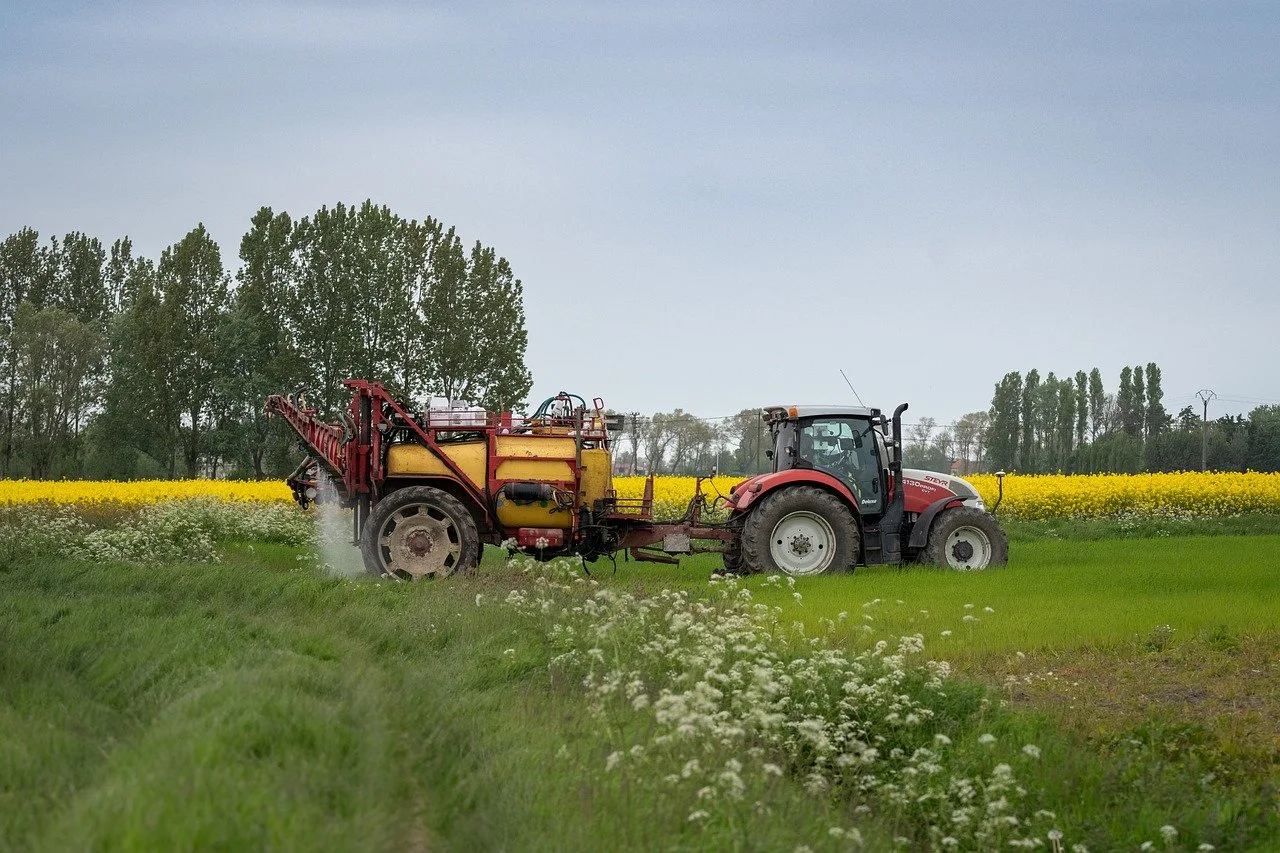Discover the best flowers and plants for a thriving winter garden. Learn how to create a detailed plan with winter-blooming flowers, evergreens, and hardy edibles
Winter gardens can be just as vibrant and rewarding as gardens in warmer seasons. While many plants go dormant, certain flowers and foliage thrive in the cooler months, adding beauty and resilience to your outdoor spaces. A carefully curated winter garden provides visual interest, supports pollinators during scarce times, and adds structure to your landscape. Let’s dive deep into the best flowers and plants to consider for a detailed winter gardening plan.
- Hellebores (Lenten Rose): These shade-loving perennials produce stunning cup-shaped flowers in shades of white, pink, and burgundy, often blooming during the harshest winter days.
- Evergreen Shrubs: Plant boxwoods or yews to create structure and form. These plants retain their green foliage year-round, anchoring your garden.
- Winter-Flowering Viburnum: Known for their fragrant pink flowers, viburnums bloom early in the year and are a delight in winter landscapes.
Tips for Spring Planting:
- Choose well-draining soil to avoid waterlogging during winter rains.
- Space plants to allow airflow, reducing the risk of fungal diseases.
- Incorporate Ornamental Grasses: Species like miscanthus, blue fescue, and switchgrass retain their shape and texture, adding visual movement and architectural interest.
- Add Climbers and Vines: Evergreen climbers like ivy or winter-flowering clematis create vertical interest and soften fences or walls.
- Prepare for Winter Bulbs: Start preparing the soil for autumn bulb planting. Ensure the soil is enriched with organic matter for optimal growth.
Tips for Summer Preparation:
- Mulch around grasses and shrubs to retain soil moisture and suppress weeds.
- Use garden stakes or supports for tall grasses to keep them upright through winter.
- Snowdrops: These delicate white flowers are among the first to bloom, often peeking through the snow.
- Crocuses: Vibrant purple, yellow, or white blooms bring a burst of color in late winter.
- Hardy Pansies and Violas: Plant these cheerful flowers for continuous color throughout the colder months.
- Winter Jasmine: This climbing plant produces bright yellow flowers on bare stems, lighting up winter landscapes.
Tips for Autumn Planting:
- Protect young plants with mulch or straw to insulate against early frost.
- Water newly planted bulbs thoroughly to help them establish roots before the ground freezes.
- Evergreens: Boxwoods, hollies, and winterberry provide greenery and pops of red from berries. They offer food for birds and add festive charm.
- Winter-Flowering Shrubs: Camellias and witch hazel bring stunning blooms and fragrance to your garden.
- Frost-Resistant Vegetables: Add ornamental kale, Swiss chard, and cabbage for both edibility and aesthetic appeal. Their vibrant colors and unique textures are perfect for winter displays.
- Cold-Hardy Herbs: Rosemary, thyme, and sage thrive in mild winter climates and add utility to your garden.
Tips for Winter Maintenance:
- Prune evergreen shrubs lightly to maintain shape.
- Clear away snow from branches to prevent damage.
- Water plants sparingly but consistently during dry spells.
Top Plants for a Winter Garden Table
| Category | Plant Examples | Special Features |
|---|---|---|
| Evergreens | Boxwoods, Holly, Winterberry | Year-round structure and color |
| Winter Flowers | Hellebores, Camellias, Crocuses | Bloom during winter months |
| Ornamental Grasses | Miscanthus, Blue Fescue | Add texture and movement |
| Edibles | Kale, Swiss Chard | Cold-hardy and decorative |
| Shrubs | Winter Jasmine, Witch Hazel | Fragrant flowers and visual interest |
| Bulbs | Snowdrops, Daffodils, Tulips | Early signs of spring |
A well-planned winter garden can be a vibrant, life-affirming space even during the year’s coldest months. By combining evergreens, winter-blooming flowers, ornamental grasses, and hardy edibles, you can create a garden that is both functional and beautiful. Start planning and planting today to transform your winter garden into a lush, resilient retreat.


.png)










0 Comments